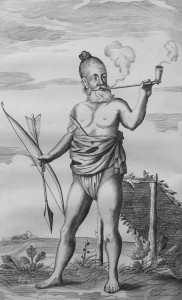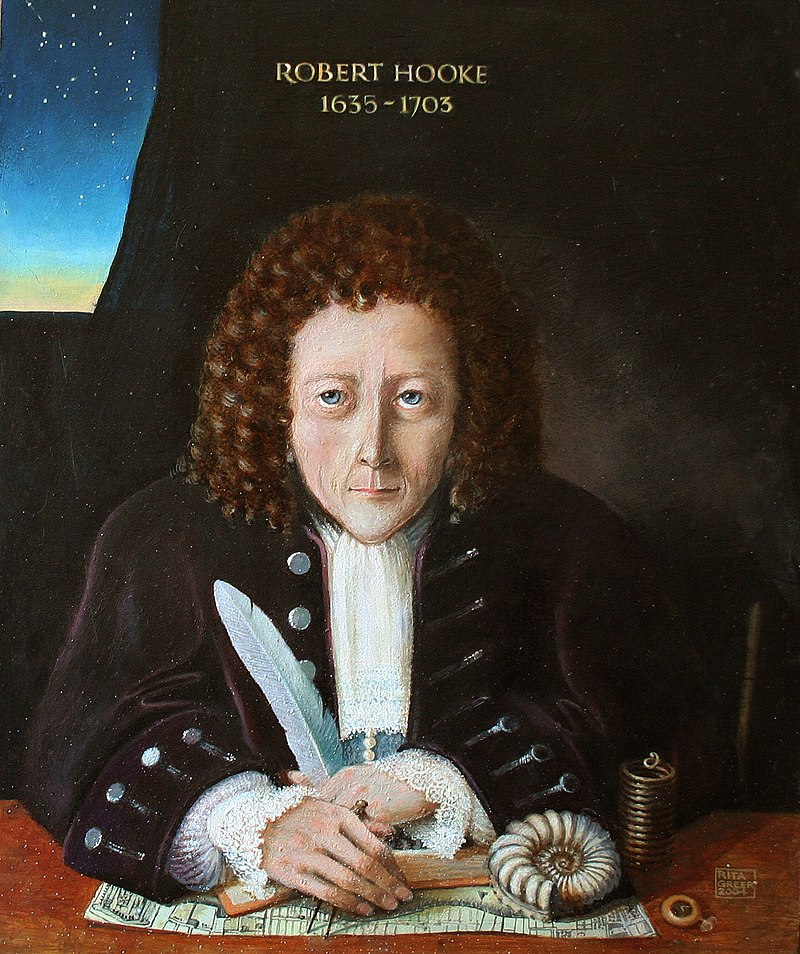How the Lion King got Marijuana to the World
 Robert Knox was an English sea captain in the service of the British East India Company. He was born to another sea captain, also called Robert Knox, on the 8th of February in 1641 and he died on the 19th of June in 1720.
Robert Knox was an English sea captain in the service of the British East India Company. He was born to another sea captain, also called Robert Knox, on the 8th of February in 1641 and he died on the 19th of June in 1720.
He joined his father’s crew on the ship Anne for his first voyage to India in 1655, at the age of 14, before returning to England in 1657. That year, Oliver Cromwell issued a charter granting the East India Company a monopoly of the Eastern trade, requiring the elder Knox and his crew to join the service of the Company.
The two Knoxes sailed for Persia in January 1658. They suffered the loss of the ship’s mast in a storm on 19 November 1659, forcing them to put ashore on Ceylon, now Sri Lanka. The ship was impounded and sixteen of the crew, including the Knoxes, were taken captive by the troops of the Kandyan king, Rajasinghe II, or Kirti Sri Rajasinha, King of Kandy. Rajasinha means the King of Lions (or the Lion King).
There can be little doubt that Mr Knox came to know the potent strain of Hemp grown in Ceylon during his time there.
. Robert Knox Jr. eventually escaped with one companion, Stephen Rutland, after nineteen years of captivity. The two men were able to reach Arippu, a Dutch fort on the north-west coast of the island. The Dutch treated Knox generously and transported him to Batavia (now Jakarta) in the Dutch East Indies, from where he was able to return home on an English vessel, the Caesar. He arrived back in London in September 1680.

 During the voyage Knox wrote the manuscript of An Historical Relation of the Island Ceylon, an account of his experiences on Ceylon, which was published in 1681. The book was accompanied by engravings showing the inhabitants, their customs and agricultural techniques. It attracted widespread interest at the time and made Knox internationally famous, influencing Daniel Defoe’s Robinson Crusoe as well as sparking a friendship with Robert Hooke of the Royal Society. It is one of the earliest and most detailed European accounts of life on Ceylon and is today seen as an invaluable record of the island in the 17th century.
During the voyage Knox wrote the manuscript of An Historical Relation of the Island Ceylon, an account of his experiences on Ceylon, which was published in 1681. The book was accompanied by engravings showing the inhabitants, their customs and agricultural techniques. It attracted widespread interest at the time and made Knox internationally famous, influencing Daniel Defoe’s Robinson Crusoe as well as sparking a friendship with Robert Hooke of the Royal Society. It is one of the earliest and most detailed European accounts of life on Ceylon and is today seen as an invaluable record of the island in the 17th century.
Knox became a close friend and collaborator of Robert Hooke, for whom he frequently brought back gifts from his travels. In return, Hooke took Knox to the local coffeehouses for chocolate and tobacco, then considered luxuries. On one occasion, Knox presented Hooke with samples of “a strange intoxicating herb like hemp” which he dubbed “Indian hemp” or “Bangue”; it is better known today as cannabis indica, a plant which was unknown at the time in Europe. Hooke gave an address to the Society in December 1689 in which he provided what was the first detailed description of cannabis in English, commending its possible curative properties and noting that Knox “has so often experimented it himself, that there is no Cause of Fear, tho’ possibly there may be of Laughter.”
